Feeling sluggish after meals? Discover how low GI food helps stabilize blood sugar, curb energy crashes, and keep you feeling fuller.
Do you often feel like you could nap right after lunch? You’re not alone; nearly 68% of adults report post-meal fatigue, according to a Harvard Health survey. The culprit? Fast-digesting, high-GI foods that spike your blood sugar, then crash it like a bad Wi-Fi connection.
Low-GI foods do the opposite; they release energy slowly, keeping you full, alert, and in control of your cravings. Research from the American Diabetes Association shows that switching to a low-GI diet can improve energy levels and even reduce Type 2 diabetes risk by up to 40%.
If you’re tired of that afternoon slump, it’s time to look at what’s on your plate, not your coffee cup. Let’s break down how low-GI foods can help you eat smarter, stay energized, and finally stop feeling sluggish after every meal.
What Is Low GI Food and How Does It Work?
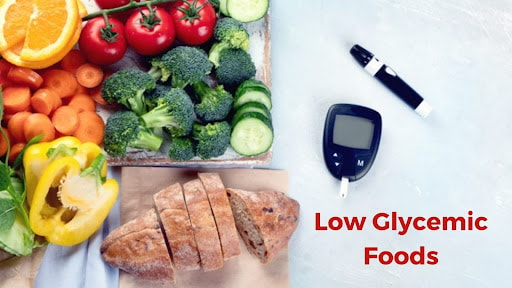
Understand how the glycemic index ranks carbs by their effect on blood glucose. Discover why low glycemic foods promote balanced energy and fewer sugar swings.
You’ve probably noticed how some foods make you feel full and alert, while others leave you tired or hungry soon after eating. That’s where low-GI food comes in. GI stands for glycemic index, a scale that measures how fast a food raises your sugar levels.
According to the American Diabetes Association, low GI diets can improve sugar balance and reduce the risk of type 2 diabetes by up to 40%. Simply put, eating low GI food helps you stay energized, manage hunger, and avoid those sudden “I need sugar!” moments.
Defining the glycemic index (GI) and glycemic load (GL)
Learn what the glycemic index and glycemic load mean, how pure glucose sets the benchmark, and how both affect your sugar levels and type II diabetes risk.
The glycemic index (GI) ranks foods on a scale of 0–100, depending on how much they raise blood sugar. Pure glucose is at 100 that’s the reference point. The lower a food’s number, the slower your sugar rises.
The glycemic load (GL) considers both the quality (GI) and the quantity of carbs in a serving. A food may have a low GI but still a high GL if you eat too much of it.
For better health, try to choose more low GI food and whole grains while limiting refined carbs and white rice.
The difference between low GI, medium GI, and high glycemic index foods
Compare low, medium, and high glycemic index foods like white rice and rolled oats to understand how different GI values influence energy and health benefits.
| GI Category | GI Value Range | Examples of Foods | Effect on Blood Sugar | Health Impact |
|---|---|---|---|---|
| Low GI | 55 or less | Oats, lentils, apples, yogurt | Raises blood sugar slowly and steadily | Helps control hunger and supports diabetes management |
| Medium GI | 56–69 | Brown rice, sweet corn, pineapple | Moderate rise in blood sugar | Provides steady energy when balanced with other foods |
| High GI | 70 or above | White bread, potatoes, sugary drinks | Causes quick spikes and drops in blood sugar | May increase risk of weight gain and insulin resistance |
How low glycemic foods affect blood sugar levels and long-term energy
Find out how low glycemic foods release glucose slowly, improving blood glucose levels. Learn how resistant starch and whole grain intake boost energy and diabetes management.
When you eat low glycemic foods, your body breaks down the carbs slowly. This means glucose enters your bloodstream at a steady rate, not all at once. That helps keep your energy levels balanced all day.
Low GI foods are often high in fiber, protein, and resistant starch, which also improve digestion and gut health. For example:
-
Whole grains like oats and brown rice help you feel full longer.
-
Beans and lentils improve insulin response and manage blood glucose.
-
Healthy fats like olive oil or nuts help lower the overall GI of your meal.
By eating regularly this way, you’ll likely feel fewer sugar crashes, have more consistent energy, and even support weight management in the long run.
Best Low-Glycemic Foods to Add to Your Plate
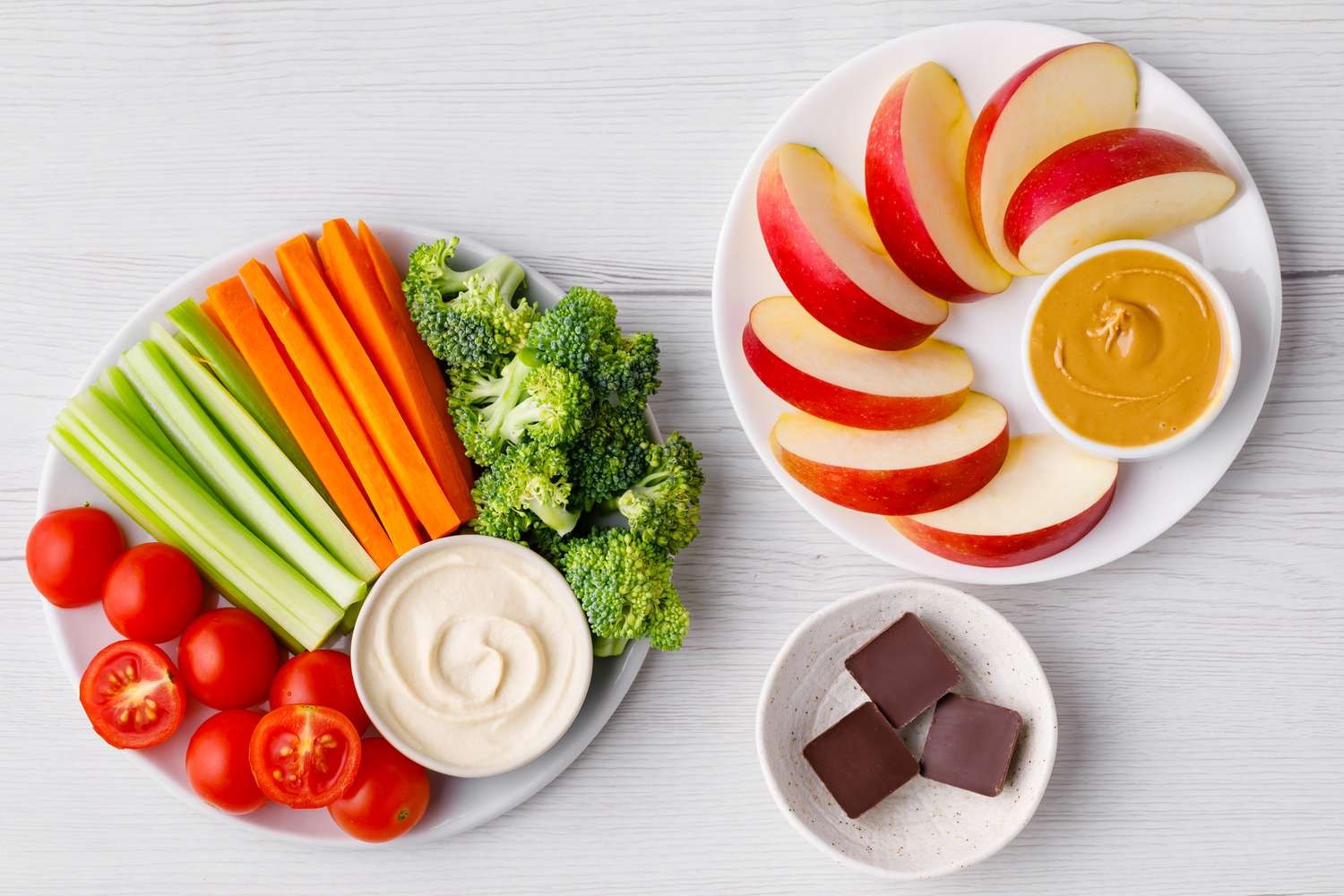
Explore low glycemic foods that steady sugar levels and support a healthy diet. These nutritious foods aid in weight control, heart health, and potential health benefits.
1. Whole Grains with Low GI Value
Brown rice, steel-cut oats, and whole grain bread have low GI scores and rich resistant starch content that help maintain healthy blood glucose levels.
-
Steel-cut oats: A bowl of steel-cut oats in the morning gives you slow energy release and plenty of fiber. It’s a better choice than instant oats, which have a higher GI value.
-
Brown rice: Brown rice is less processed than white rice and contains fiber that helps control calorie intake. It’s great for weight management and improves gut health.
-
Basmati rice: This rice has a naturally lower GI compared to other varieties. It’s rich in resistant starch, which supports digestion and steady energy levels.
-
Whole grain bread: Instead of white bread, go for whole-grain bread made with whole wheat or whole grains. It reduces hunger pangs.
-
Oat bran: Add oat bran to your smoothies or yogurt for extra fiber. It’s a low-calorie addition that helps lower cholesterol and supports balanced meals.
2. Beans and Legumes (Kidney Beans, Green Beans, and More)
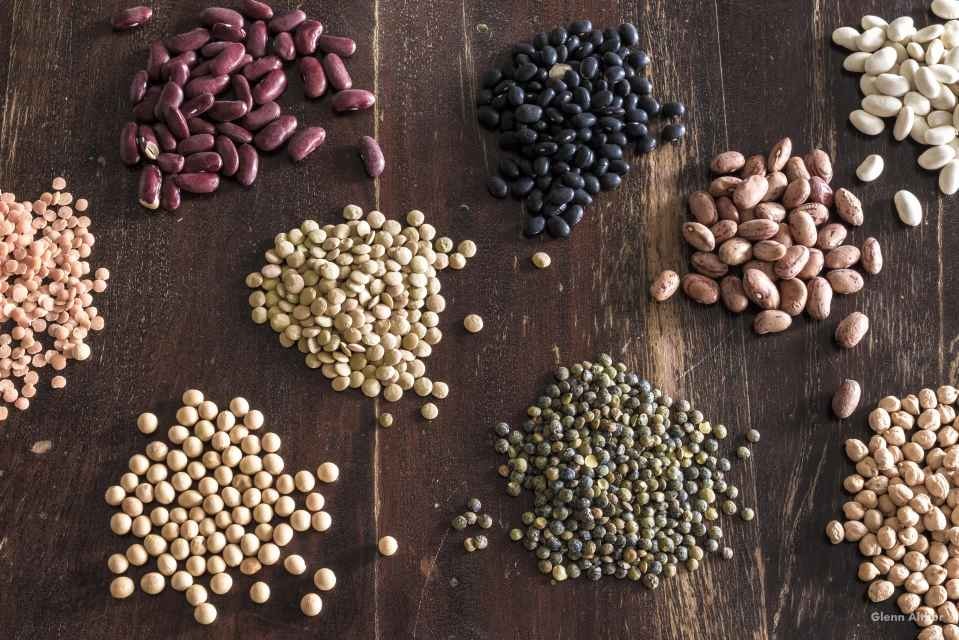
Kidney beans, green beans, and lentils contain resistant starch and low glycemic load, helping improve diabetes management.
-
Kidney beans: These are high in fiber and protein, which slow down sugar absorption. They’re perfect for people trying to lose fat and maintain a healthy weight.
-
Baked beans: Go for homemade or low-sugar versions. They provide steady energy and are packed with whole foods nutrients.
-
Green beans: Green beans are non-starchy vegetables that fit easily into any diet chart. They keep your blood glucose stable and are good for heart health.
-
Lentils and chickpeas: These legumes are rich in resistant starch and high fibre, improving support digestion and promoting portion control.
3. Fruits with a Low Glycemic Index
Enjoy low glycemic fruits like apples, berries, and sweet potatoes for stable sugar levels and added vitamin C and fiber.
-
Most fruits like apples, pears, and oranges are rich in natural fiber that slows down sugar absorption and keeps you full.
-
Low sugar fruits: Berries, cherries, and plums are sweet but gentle on your blood sugar. They help with losing weight and add antioxidants to your meals.
-
Raw carrots: Carrots are surprisingly low GI and low calorie. They make a healthy snack that won’t spike your sugar levels.
-
Sweet potatoes: When baked or boiled, sweet potatoes offer vitamins and fiber that support fat loss and gut health while keeping you satisfied longer.
4. Vegetables and Non-Starchy Options
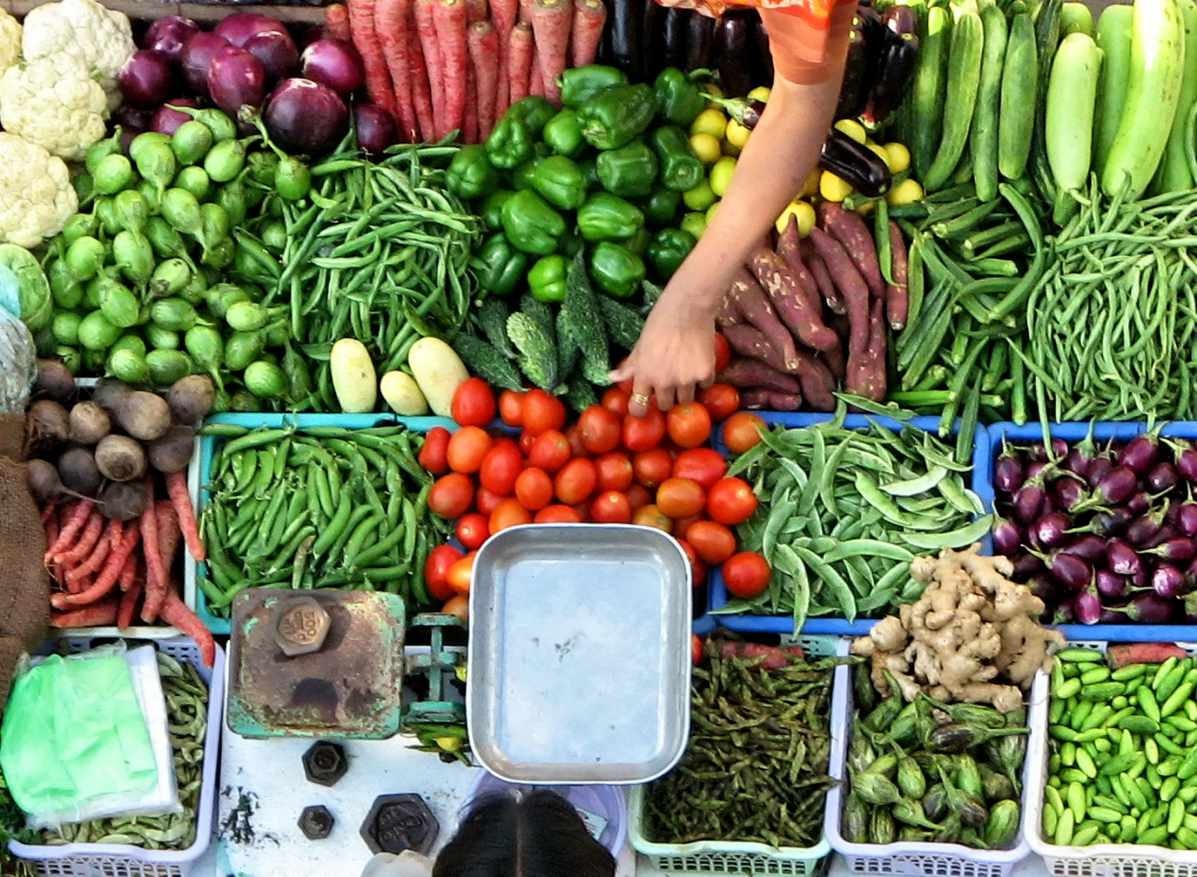
Fill your plate with green vegetables and non-starchy vegetables for a low glycemic diet that supports heart health and reduces type II diabetes risk.
-
Green vegetables: Spinach, kale, and broccoli are high-fibre foods that lower your body fat and calorie intake. They’re excellent for weight control.
-
Non-starchy vegetables: Zucchini, cauliflower, and cabbage are low-calorie Indian foods that help reduce cravings and promote balanced meals.
-
Pumpkin seeds: These are packed with healthy fats and protein, which help support digestion and boost metabolism naturally.
5. Protein and Healthy Fat Sources
Add lean protein sources, healthy fats, and low-fat dairy products to stabilize blood glucose and promote long-lasting health benefits.
-
Lean protein sources: Add eggs, tofu, or grilled chicken breast to your plate. These foods keep you full and help maintain muscle mass while losing weight.
-
Low-fat dairy products: Yogurt and milk add protein and calcium without the extra calories. Choose unsweetened or Greek yogurt for the best results.
-
Healthy fats: Include olive oil, nuts, and seeds in small portions. They lower cholesterol, promote heart health, and fit perfectly in an Indian diet plan.
-
Dark chocolate (70% cocoa or higher): A small piece of dark chocolate satisfies your sweet tooth without spiking blood sugar. It’s rich in antioxidants and improves mood.
6. Whole & Functional Foods for Long-Term Health
Include resistant starch foods and whole grain cereals to enhance energy and reduce the risks of coronary heart disease and cardiovascular disease.
-
Resistant starch foods: Cooked and cooled rice or potatoes have resistant starch that keeps your blood sugar steady and supports gut health.
-
Corn flakes (fortified, unsweetened): Eat sparingly or mix with nuts and yogurt to lower their overall glycemic load and boost energy levels.
“Join 10,000+ readers who are eating smarter with My Balance Bite’s nutrition insights, recipes, and science-backed food guides. Subscribe now!”
Comparing Low GI Value and High GI Foods: What You Should Know
Understand the difference between low GI and high glycemic foods to control blood sugar levels, hunger, and overall health benefits effectively.
| Aspect | Low GI Foods | High GI Foods |
|---|---|---|
| GI Value | 55 or less | 70 or above |
| Examples | Oats, beans, apples, yogurt | White bread, rice, sugary snacks |
| Energy Release | Slow and steady | Quick spike followed by crash |
| Effect on Hunger | Keeps you full longer | Makes you hungry sooner |
| Health Benefit | Supports weight control and stable blood sugar | May increase risk of diabetes and fatigue |
Building a Balanced Low-GI Diet for Steady Energy
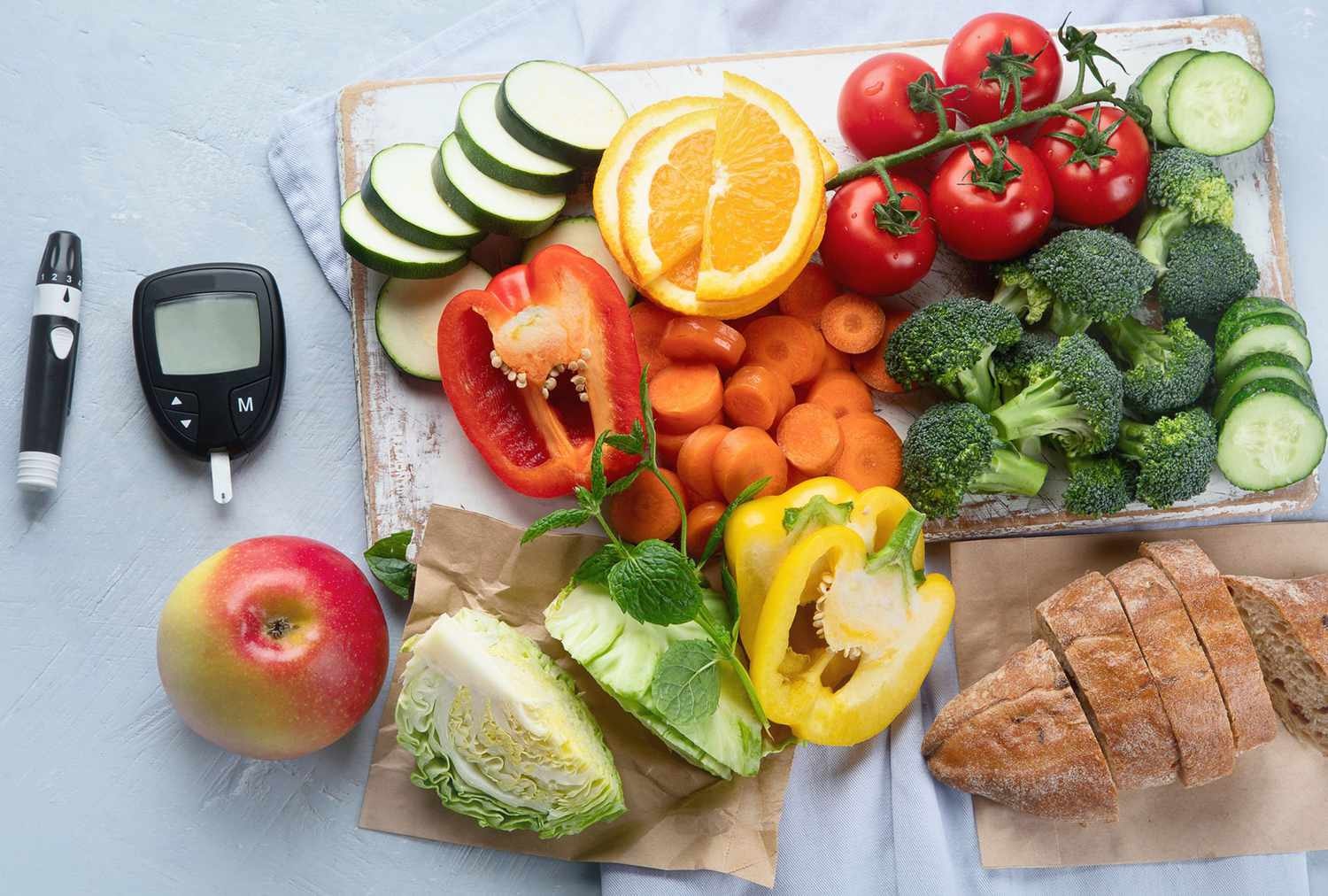
Learn how to create a low glycemic diet using whole grains, proteins, and healthy fats to maintain steady energy, improve fasting blood sugar levels, and support a healthy weight.
1. Start with Low GI Carbohydrates
Begin your plan with low glycemic index grains instead of refined grains. Discover how foods with a low GI score, like oats and brown rice, keep blood sugar levels steady, enhance energy, and help you lose weight sustainably.
-
Replace white rice and refined grains with brown rice or basmati rice.
-
Start your day with steel-cut oats or whole grain bread instead of sugary cereals.
-
Add oat bran to yogurt or smoothies for more fiber.
2. Add Lean Proteins to Every Meal
Learn how pairing low glycemic foods with lean proteins improves satiety and stabilizes glucose response. Including eggs, tofu, or fish reduces the glycemic index GI impact of your meals, helping manage energy and appetite more effectively.
-
Include eggs, chicken breast, or tofu in at least two meals daily.
-
Combine proteins with food like lentils or vegetables for better balance.
-
Try grilled fish or stir fried tofu with non-starchy vegetables for dinner.
3. Include Healthy Fats in Moderation
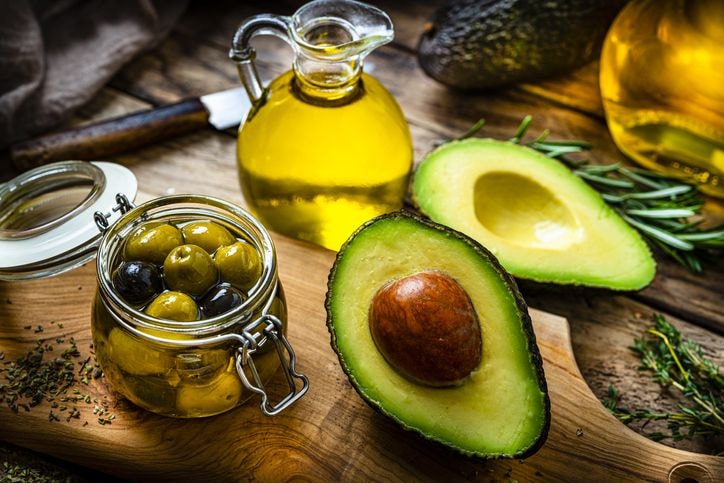
Healthy fats like avocado and olive oil offer health benefits while maintaining steady blood sugar levels. Combined with low GI diet meals, these fats lower your overall GI value, supporting heart health and long-term energy balance.
-
Use olive oil or a spoon of ghee for cooking instead of butter.
-
Add avocados or a small handful of nuts and seeds to salads.
-
Choose low fat dressings or yogurt for lighter meals.
4. Fill Half Your Plate with Non-Starchy Vegetables
Add color and nutrients with non-starchy vegetables instead of starchy foods. Learn how this switch supports a low glycemic index diet, lowers blood pressure, and maintains a lighter digestive load for steady energy release.
-
Fill half your plate with non-starchy vegetables like spinach, broccoli, and cabbage.
-
Include mustard greens, zucchini, or sautéed veggies in your lunch.
-
Eat a vegetable soup before dinner to control hunger.
5. Choose Low-Glycemic Fruits for Natural Sweetness
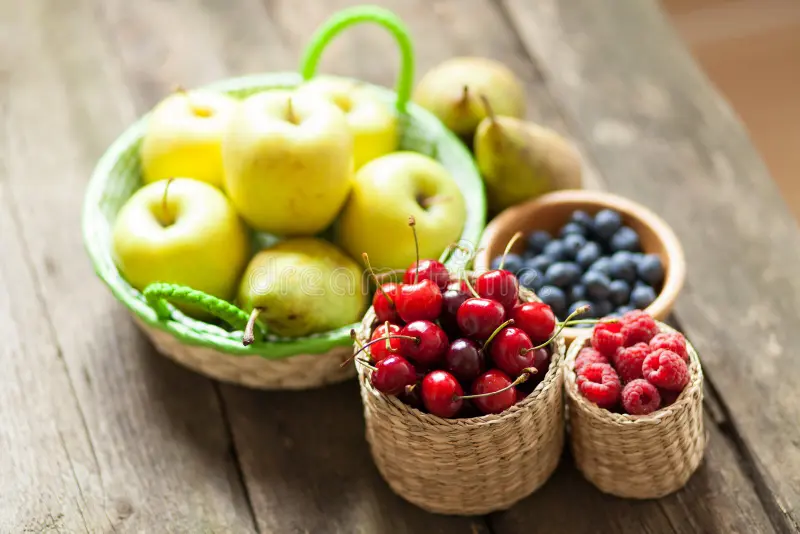
Replace sugary snacks with low glycemic index fruits and most fruits that release sugar slowly. Options like berries and sweet potatoes nourish you without spikes in blood glucose, offering antioxidants and fiber for sustainable energy.
-
Pick low sugar fruits like apples, pears, or berries.
-
Eat sweet potatoes instead of desserts for sustained energy.
-
Add chia seeds or fresh fruits to your breakfast bowl.
6. Mind Your Portions and Meal Timing
Discover how eating foods at regular intervals supports a low GI diet. Portion control, balanced macros, and mindful eating prevent sugar surges, helping regulate blood sugar levels and improve your gi score naturally.
-
Eat small meals every 3–4 hours to avoid energy crashes.
-
Use visual cues: one palm of protein, one fist of carbs, and one thumb of fat.
-
Avoid fried foods, sugary snacks, and extra calories from soda.
7. Monitor and Personalize Your Diet
Understand how to tailor your low glycemic index diet to your lifestyle. Tracking your gi score and following gentle exercise regimens can improve insulin sensitivity and energy. When needed, seek dietary interventions guided by a healthcare expert.
-
Track what you eat and how your energy feels during the day.
-
Stay active with light walks or yoga after meals.
-
If you have diabetes or frequent tiredness, consult a dietitian for a customized Indian diet plan.
"Ready to Eat Smarter, Not Less? Discover dietitian‑backed low‑GI recipes, shopping lists, and meal prep tips crafted for real results on My Balance Bite."
FAQs

Find quick answers on low glycaemic foods, starchy foods, and different foods that impact your GI score. Learn when to see a healthcare professional for guidance.
1. Which foods have zero GI?
Zero glycemic index (GI) foods don’t raise blood sugar at all. These include:
-
Meat
-
Fish
-
Eggs
-
Some cheese
-
Oils like olive oil
These foods don’t contain carbs, so they don’t affect your blood glucose level. But they still matter when paired with high glycemic index foods or starchy vegetables like corn or white rice. Always combine wisely to balance your gi score.
2. Can including high-GI foods in a meal completely ruin the benefits of low-GI foods?
Not completely, but it does weaken the effect. A meal with both low glycemic index foods and high glycemic foods has a higher glycemic load. The spike won’t be as sharp, but your blood sugar levels may still rise fast. To help, add oat bran, baked beans, or low fat dairy products to lower the impact.
3. How many low-glycaemic index foods should I eat in a day to see noticeable changes in energy?
Start by making low-GI food the base of every meal. Swap white bread for whole-grain bread or steel-cut oats. People with type II diabetes or tiredness from sugar dips often feel better within 7–10 days. You'll notice fewer sugar crashes and longer-lasting energy.
4. Are there any risks or downsides to relying too heavily on low-GI foods?
Yes, a few. If you avoid different foods, you may miss key nutrients. Some low-sugar fruits lack vitamin C or fiber. Too many rice cakes or skipping carbs entirely can cause fatigue. It's better to focus on variety. Ask a healthcare professional if you feel unsure.
5. How soon can I expect to feel better (less tired) after switching to more low-GI food?
Some notice changes in 3 days. For others, it takes 2 weeks. When you eat low glycemic index diets, your blood glucose stays stable. That prevents the rapid rise and fall of sugar. You’ll feel fewer crashes and steadier energy.
You can also do a quick GI search online to check the glycemic index of different foods before planning your meals.
Conclusion
Eating low GI food is one of the simplest ways to keep your blood sugar steady and your energy consistent. It’s not about cutting out carbs, it’s about choosing the right ones. By understanding your GI score and the glycemic response of what you eat, you can make better choices every day.
If you’re managing diabetes or want to prevent it, low-GI meals can make a real difference. For diabetic patients, this approach helps control blood glucose levels and improves energy throughout the day.
Start small, swap white rice for brown rice or oats. Track how your body feels. Over time, you’ll notice steadier energy, fewer sugar crashes, and better overall health.
Start Your Low‑GI Lifestyle Journey with My Balance Bite! Whether you want to manage blood sugar, lose weight, or simply eat clean, find personalized meal guidance and nutrition insights at My Balance Bite.



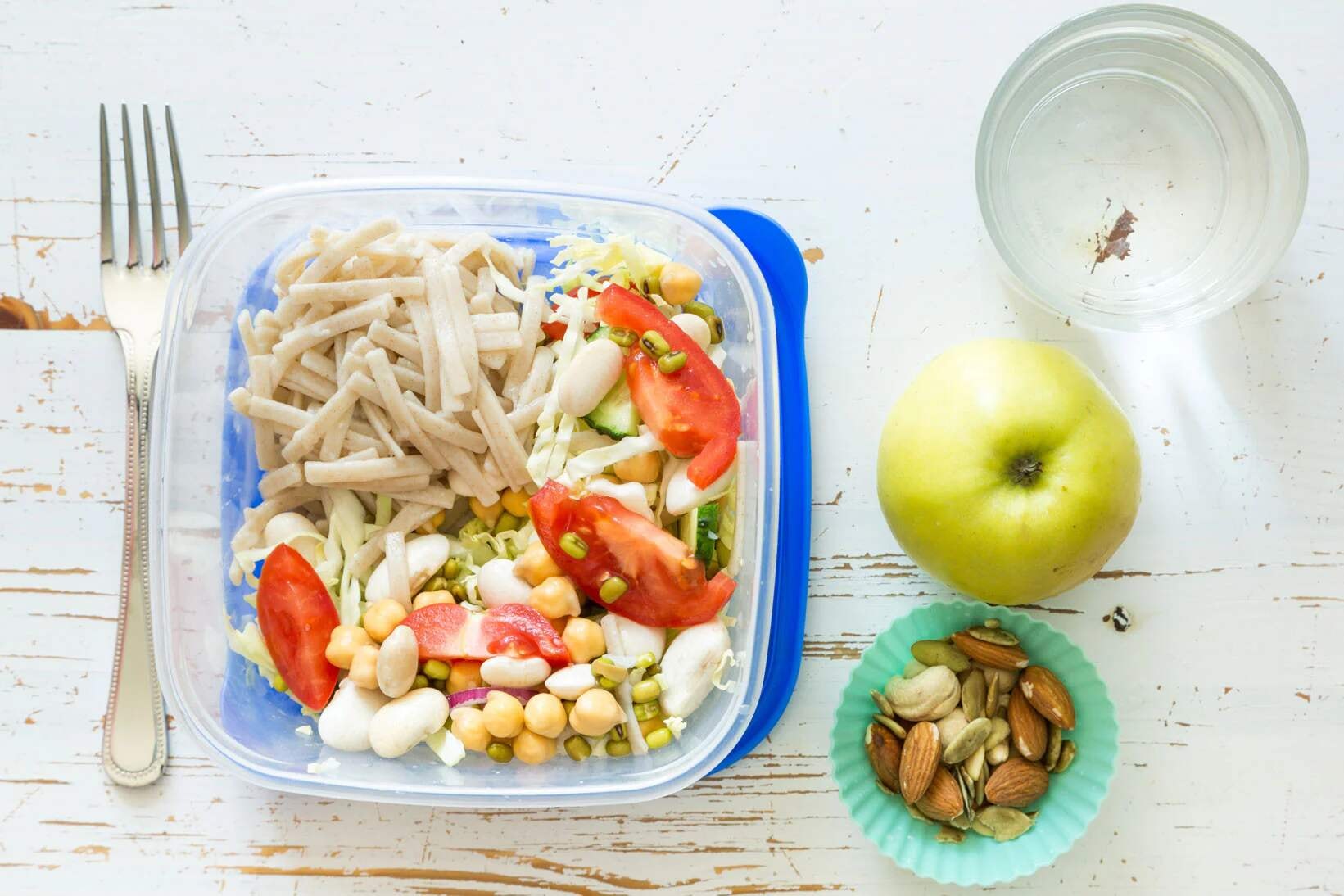
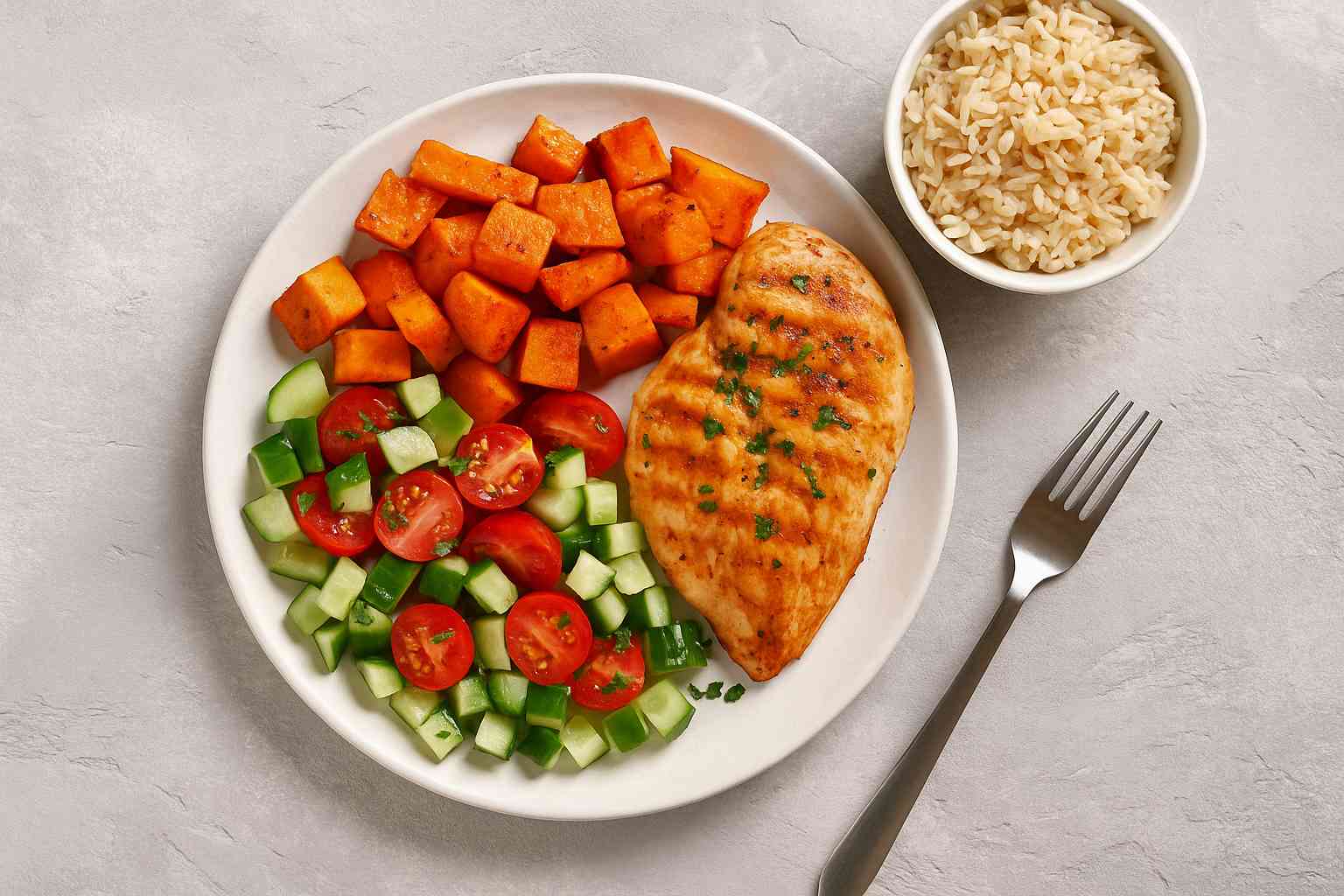
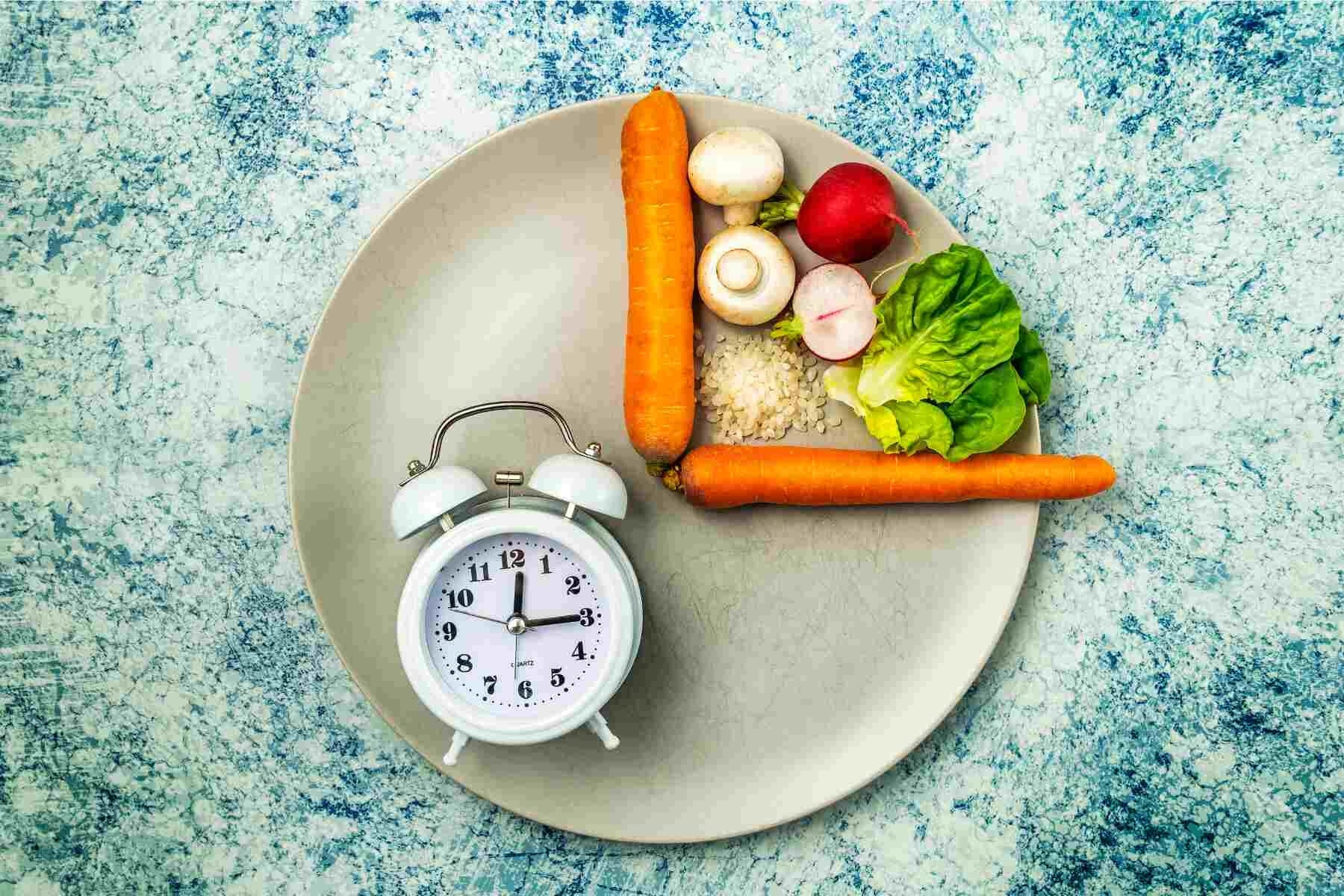

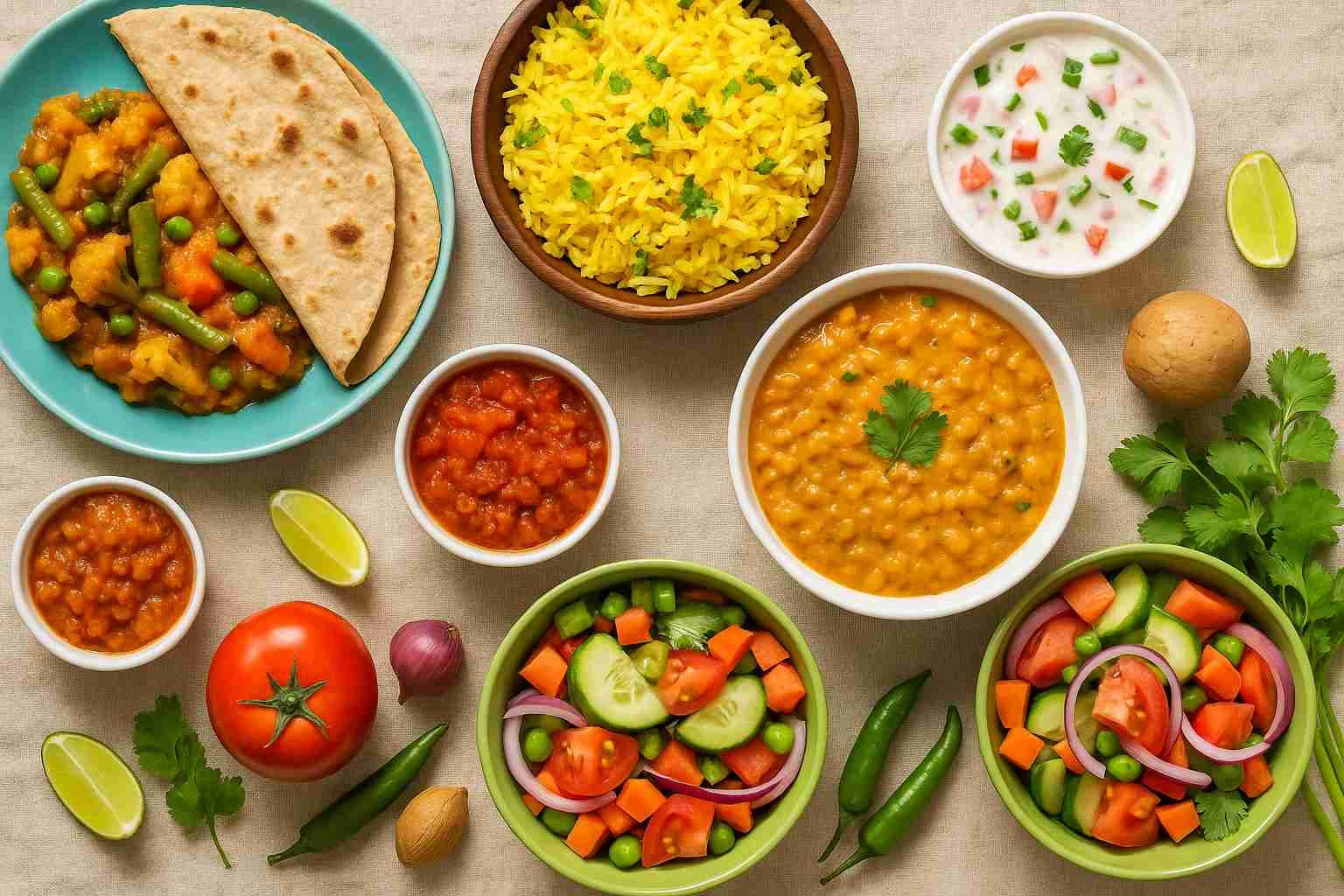
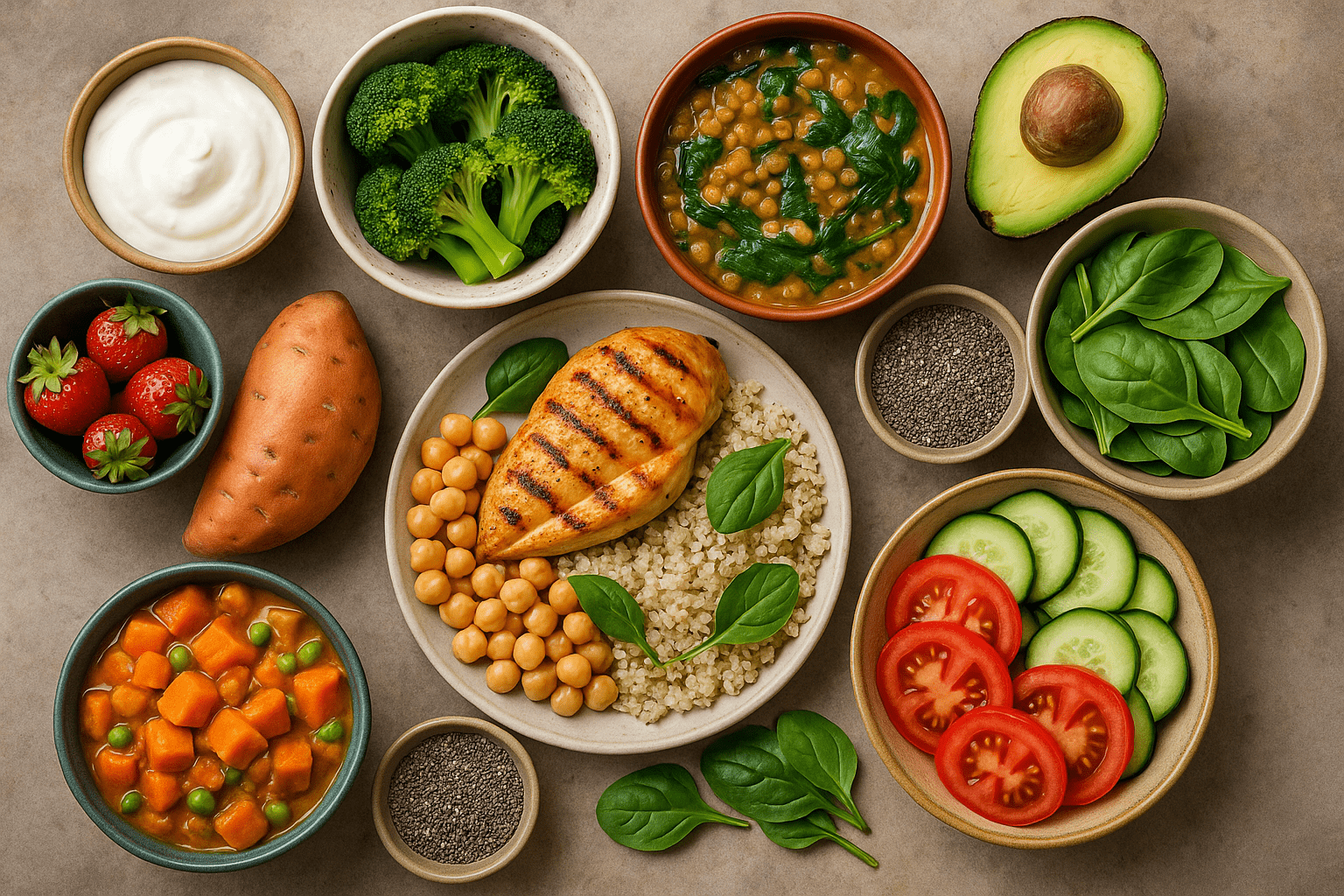
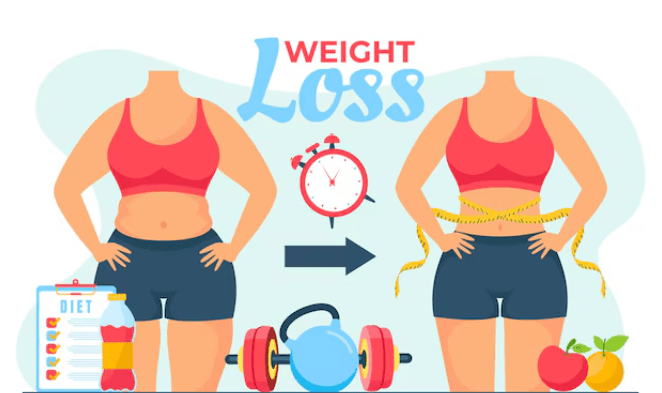
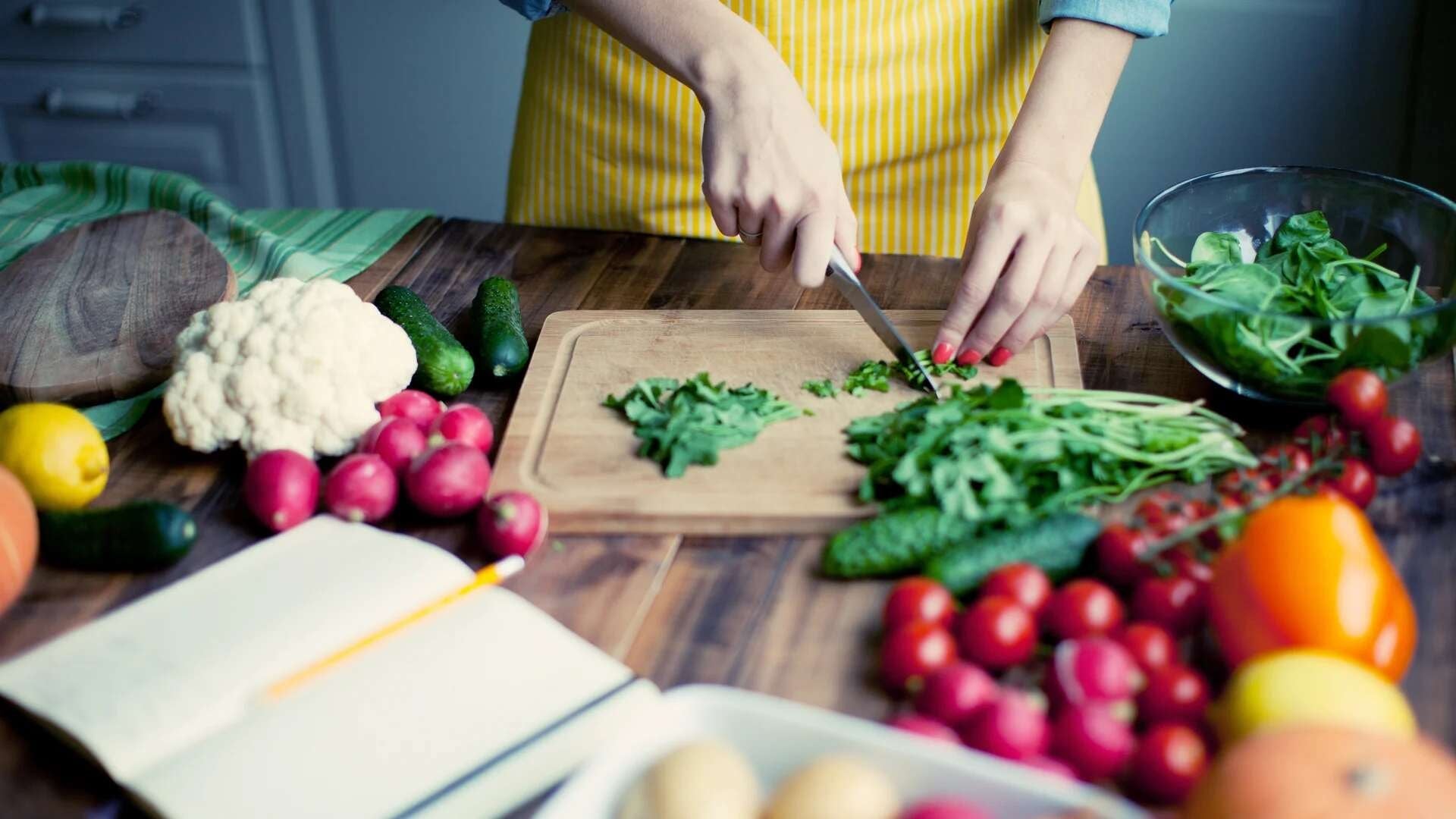
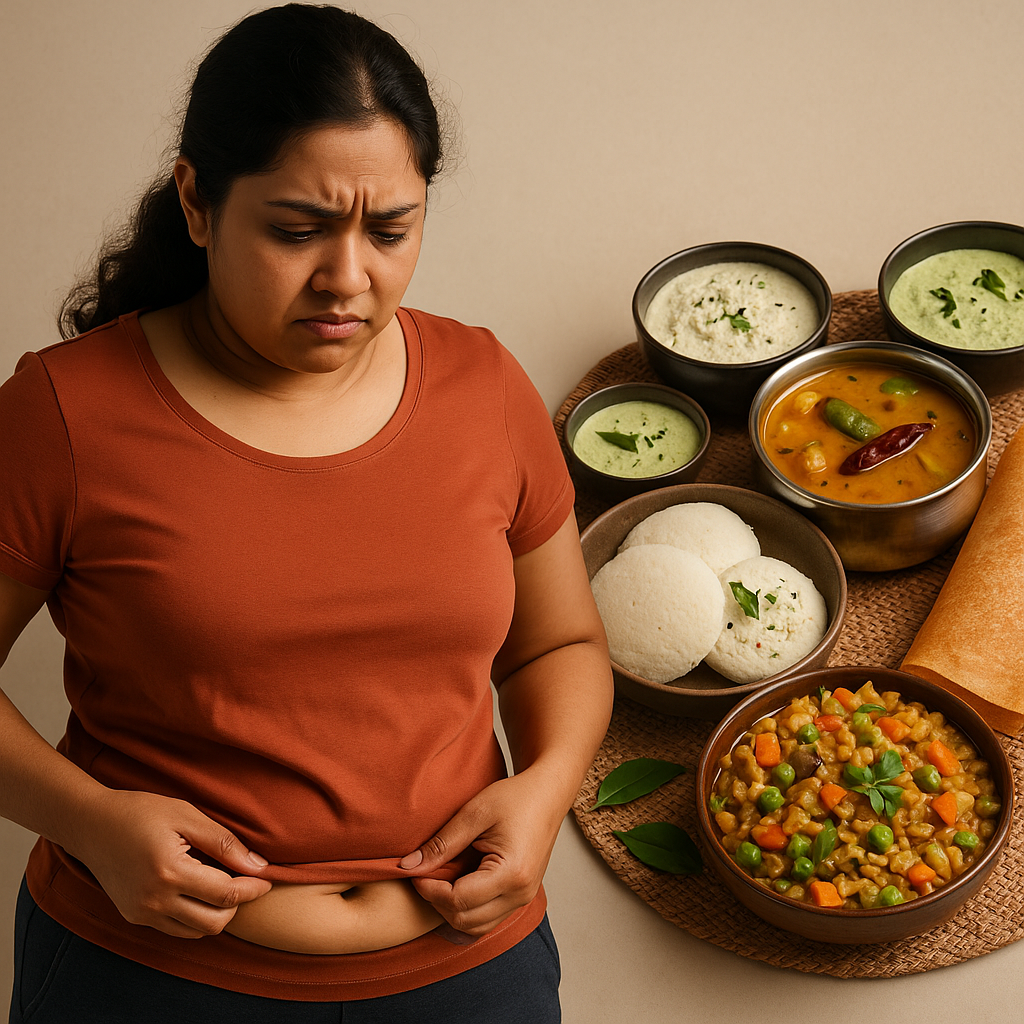
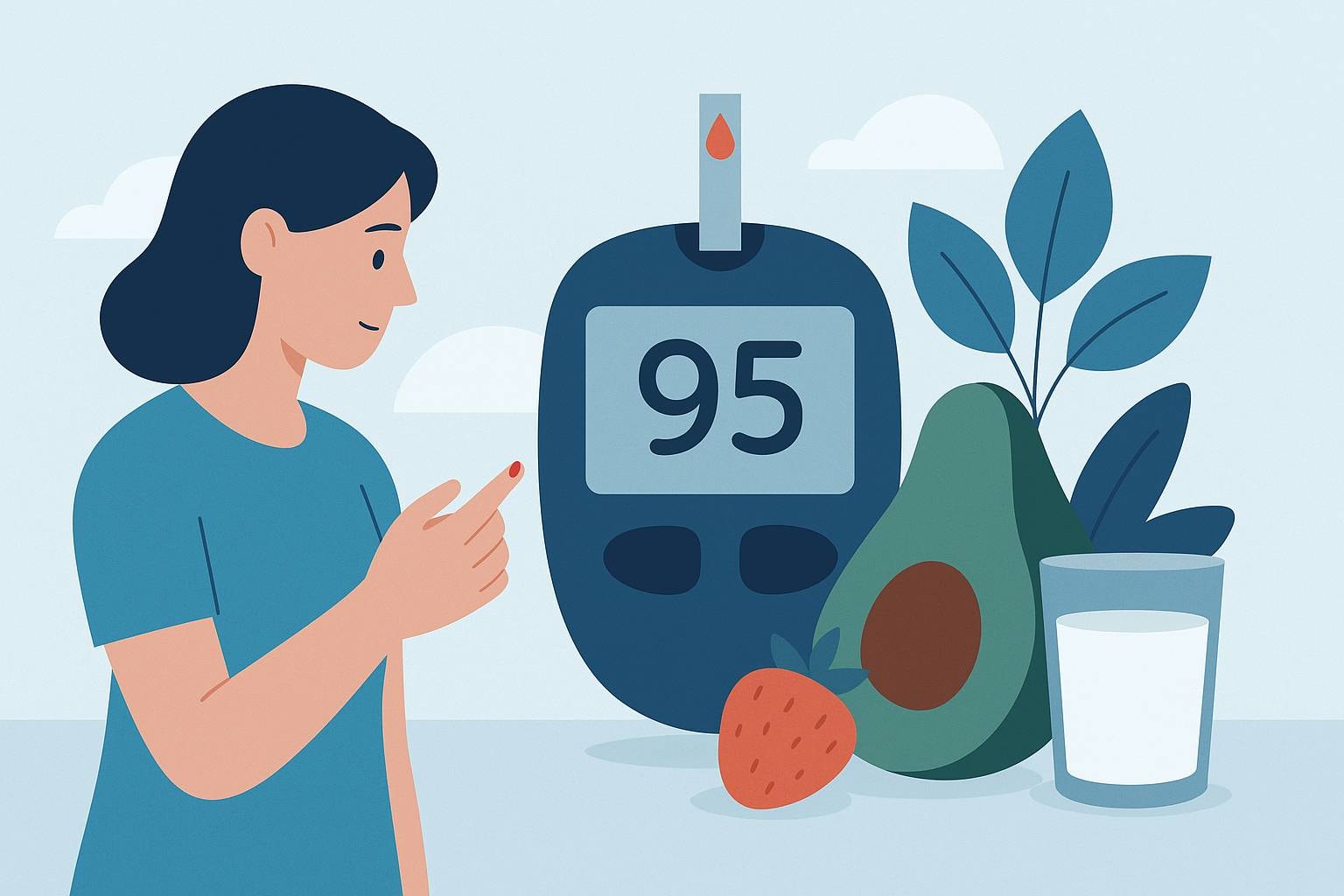
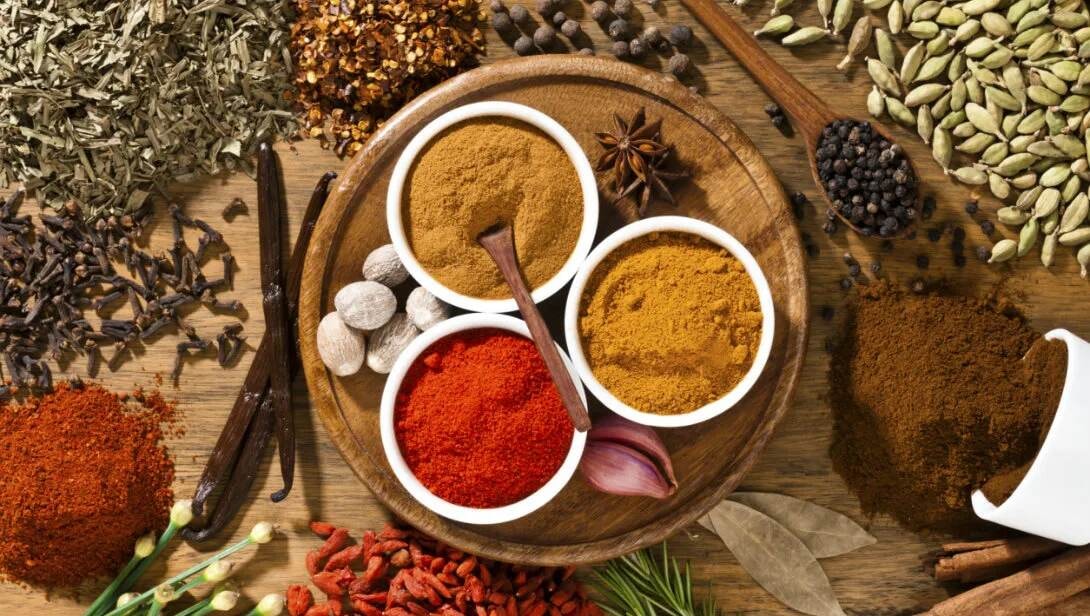
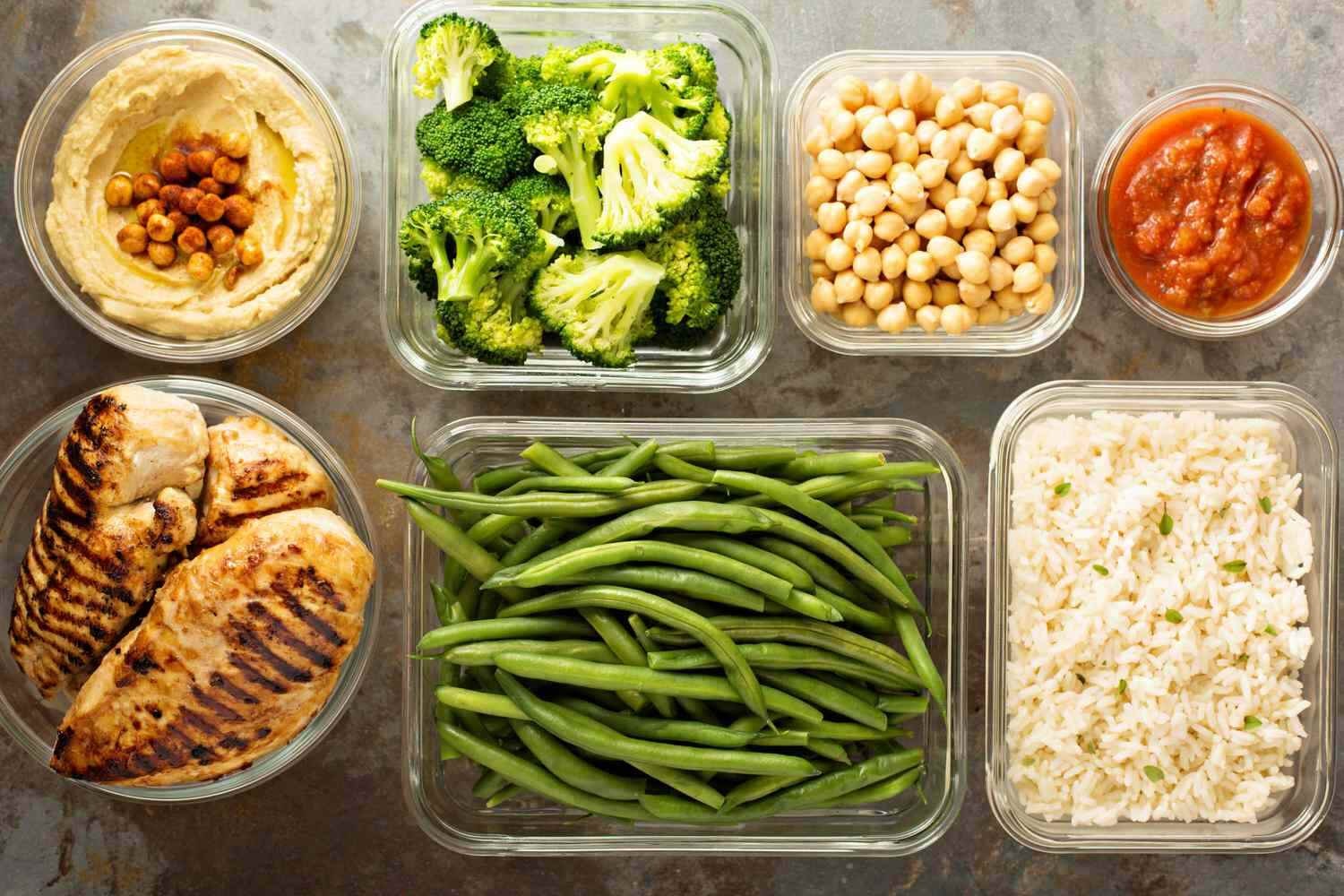
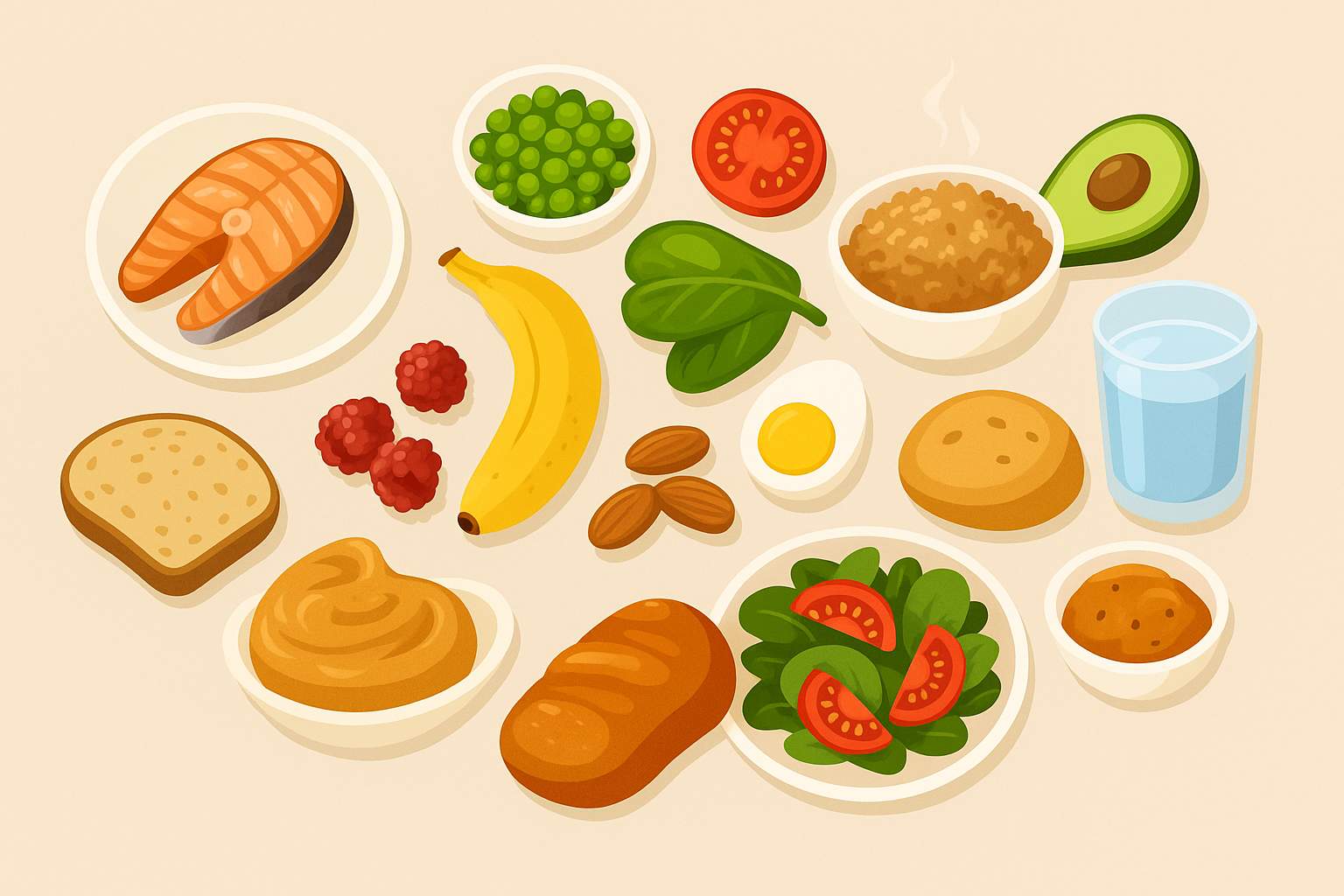
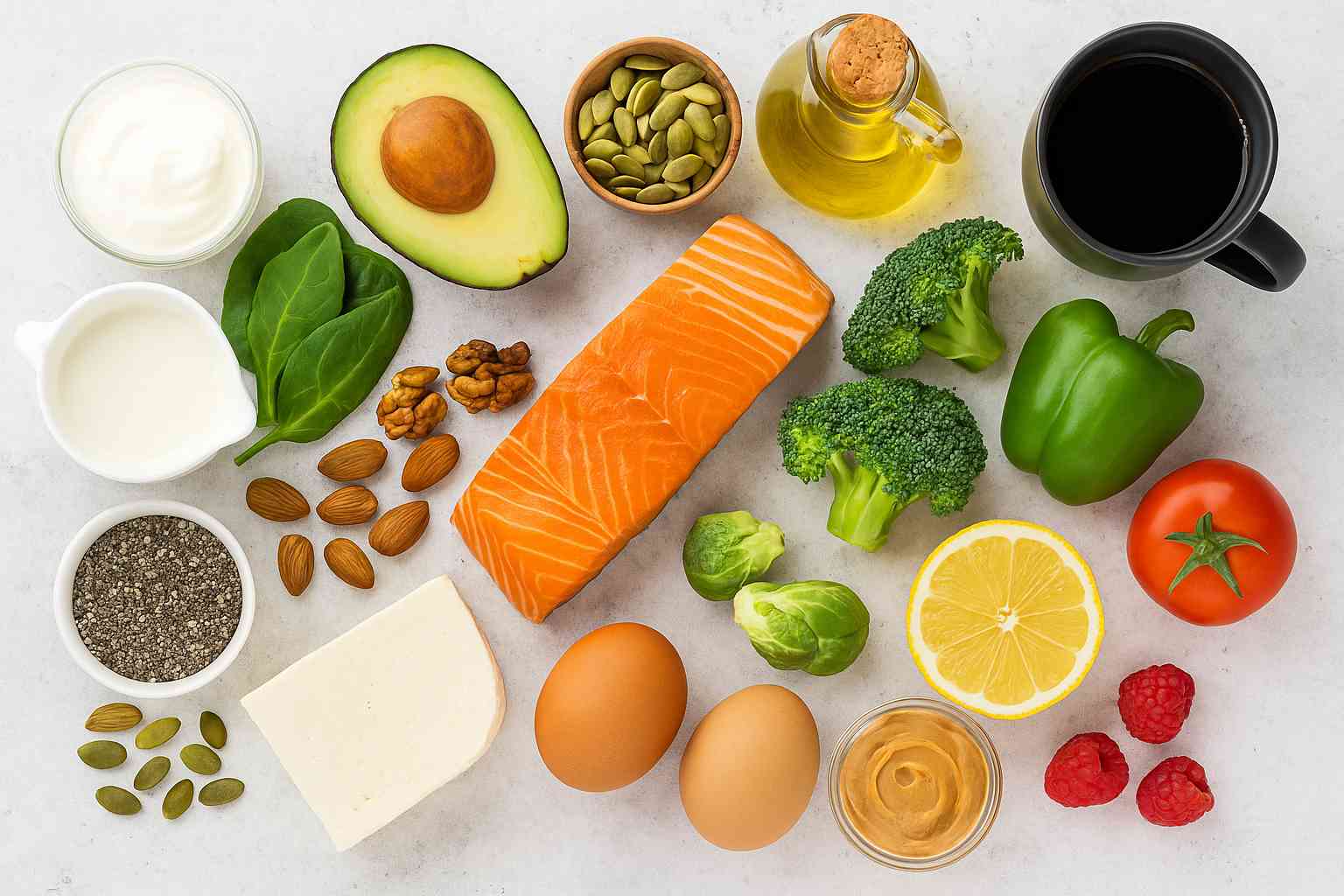



Leave a comment
Translation missing: en.blogs.comments.discription